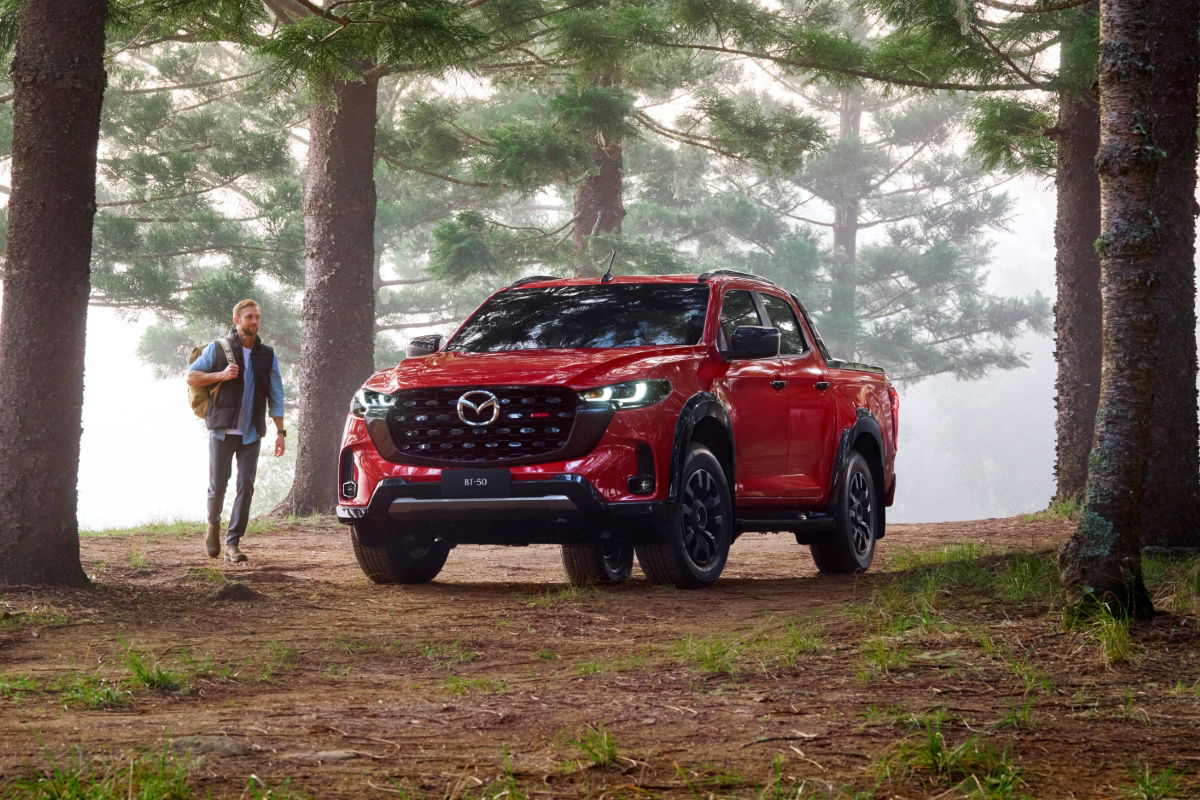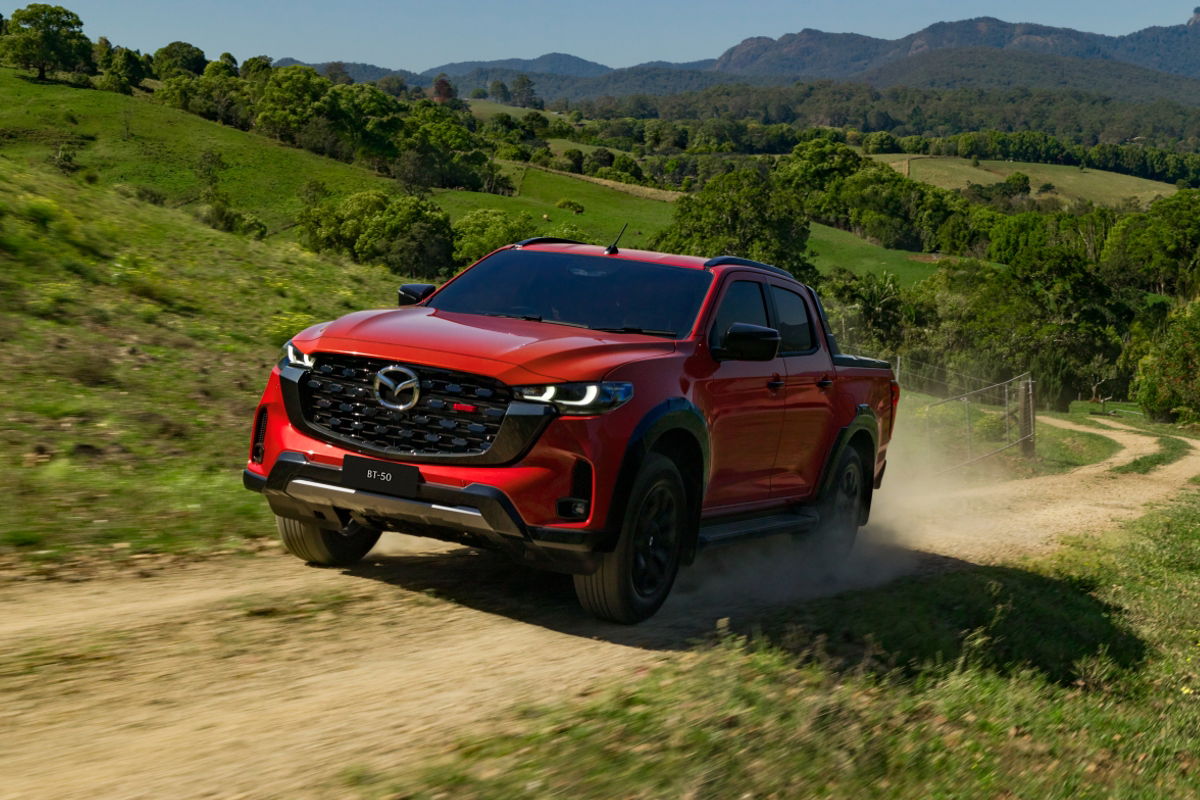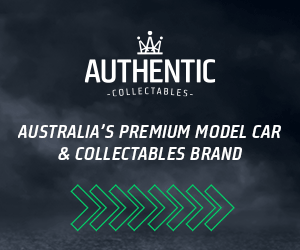
Internal combustion v electrification. Urban v rural. Work v play. Establishment v newcomers.
After the ute market in Australia has exploded in popularity in the past decade it now appears set for a fractured future, as a diverse range of brands compete for an increasingly eclectic audience of buyers.
While the Ford Ranger and Toyota HiLux dominate the market, accounting for more than half of every ute sold so far in 2024, there is an increasingly diverse mix of contenders. Just this week the all-new Kia Tasman and BYD Shark 6 plug-in hybrid were revealed and locked in for the local market.
READ MORE: Can this refreshed Mazda BT-50 take down the Ranger and HiLux
Amid this backdrop, Mazda has high hopes for its refreshed BT-50, with Australia’s second most-popular car brand looking to claim its share of the ute audience. Speaking with Torquecafe, Mazda Australia managing director, Vinesh Bhindi, said the company was watching the ute market in detail as both new buyers and in the incoming New Vehicle Efficiency Standards (NVES) impact sales, potentially fracturing the market further than the newcomers from China (including LDV and GWM) already have.
“Possibly, and then it’ll further fracture from powertrains because whether the electrified powertrains match fit-for-purpose of what a traditional ute does it’s yet to be, I suppose, determined,” Bhindi said. “And whether those powertrains do a further subdivision if it is a workhorse running around CBDs, could work as a pure EV or a plug-in hybrid, but if you’ve got bush-bashing and do lots of kays, then, you know, maybe there will be a, still more importance on the traditional powertrains.”
READ MORE: All-new Kia Tasman finally revealed

The introduction of NVES, which will penalise car makers for exceeding emissions targets set by the government, is set to be a major factor in what new vehicles will be offered in Australia in the coming years. Already Ford, which is incredibly reliant on the Ranger, has confirmed a plug-in hybrid variant that will compete against the Shark 6, while other brands are looking at conventional hybrids and even all-electric models.
READ MORE: What you need to know about the BYD Shark 6
Amid all this backdrop, there are an increasing number of ute buyers who live in urban environments, don’t use their vehicle for heavy-duty work and are attracted due to the tax incentives offered on these types of vehicles. Bhindi said in Mazda’s experience ute buyers were typically already set on owning a ute for a specific reason but conceded the next few years, as NVES is implemented, could change buyer preferences on powertrains.
“What we’re seeing is the person who wants a ute, wants a ute. You’re not going to talk them out of it,” he said.
“Now in terms of powertrains, that’s still very, very early stages and I’m not sure consumers at this stage understand what the possibilities are,” he added. “But, maybe fast forward 12 months, 24 months, there’ll be a better understanding as products come into it.
“Now, when we look at utes, there are a few things that people absolutely tick off. It’s got to have that load carrying capacity, it’s got to have the towing capacity or off-road capability and value proposition. It’s not just the tax breaks so it’s quite complex. When you look at an SUV it’s much simpler, but when it comes to utes it’s a lot more sophisticated.”














Discussion about this post